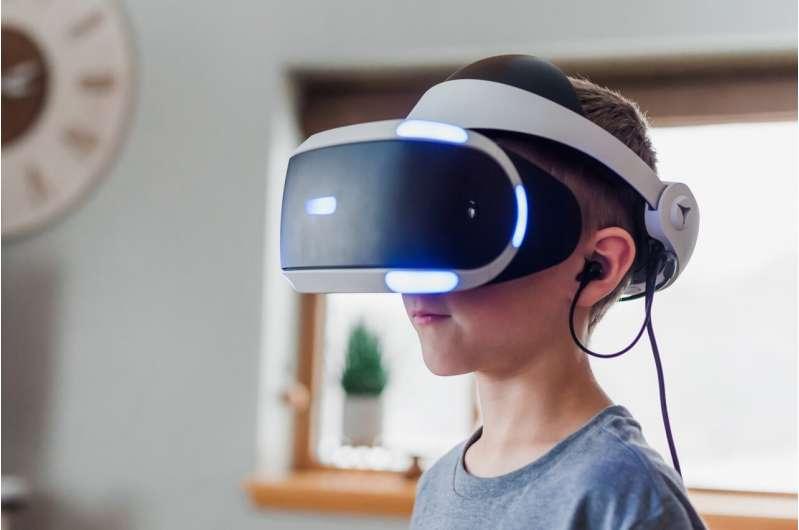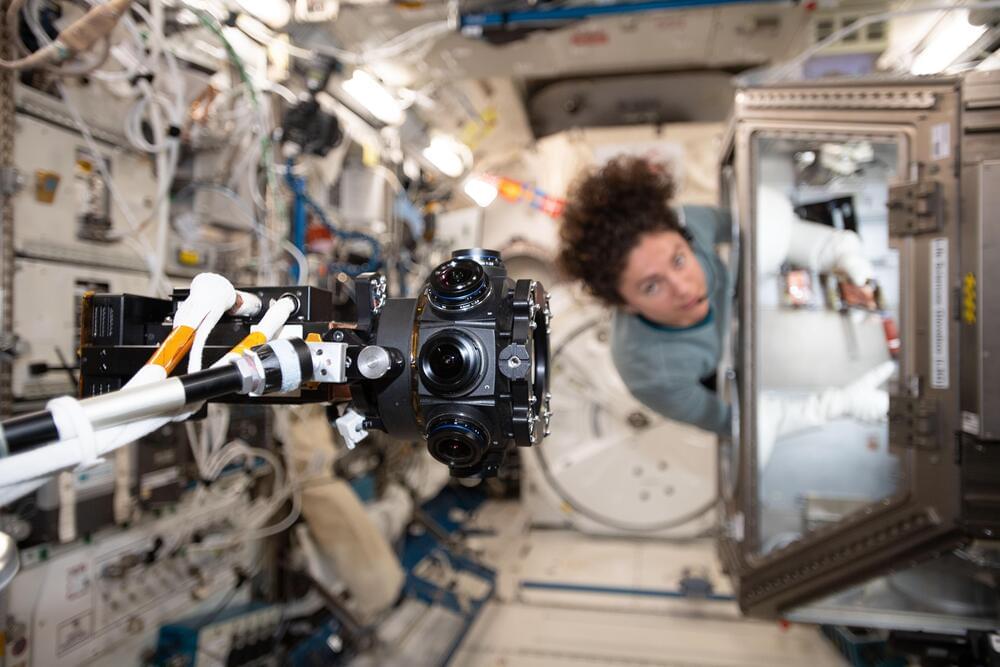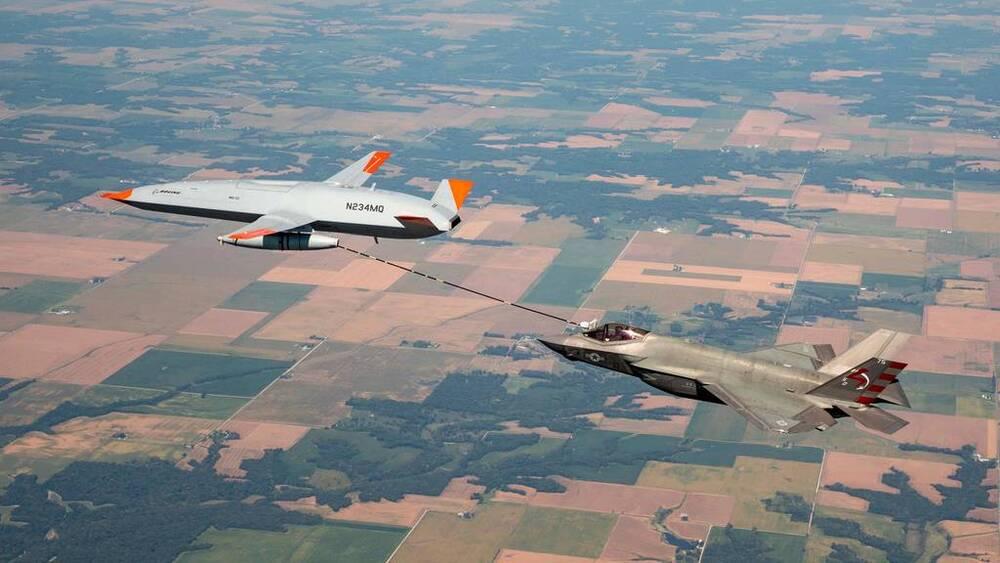Witness first-hand how your mountain of waste plastic expands over the years and what impact your food has on the rainforests. Virtual reality gives you a front-row seat to the impact of unsustainable behavior. Communication scientists Marijn Meijers and Hande Sungur have developed highly effective virtual worlds that give people an up-close and personal experience of how sustainable and unsustainable conduct make a substantial difference…
You walk around a supermarket and whenever you take a product from the shelves, a pop-up appears with information about the environmental impact of your choice, for example, clearcutting of tropical rainforest to cultivate the palm oil in your chocolate spread. You travel through time to see how much plastic waste your everyday products create in the future, and travel back to see how your mountain of waste shrinks when you make more sustainable decisions.
VR is shown to have a positive effect on sustainability.
The first findings from Meijers and Sungur’s projects are in and the results are positive. “Research into the VR supermarket shows it gets the message across more effectively and gives people the feeling that they have control over the problem,” says Meijers. “They clearly see how buying eco-friendly products contribute to a more sustainable world and that unsustainable choices have a negative effect. This positive effect on the participants’ behavior continued to be reflected in their real-world shopping habits after two weeks.”




